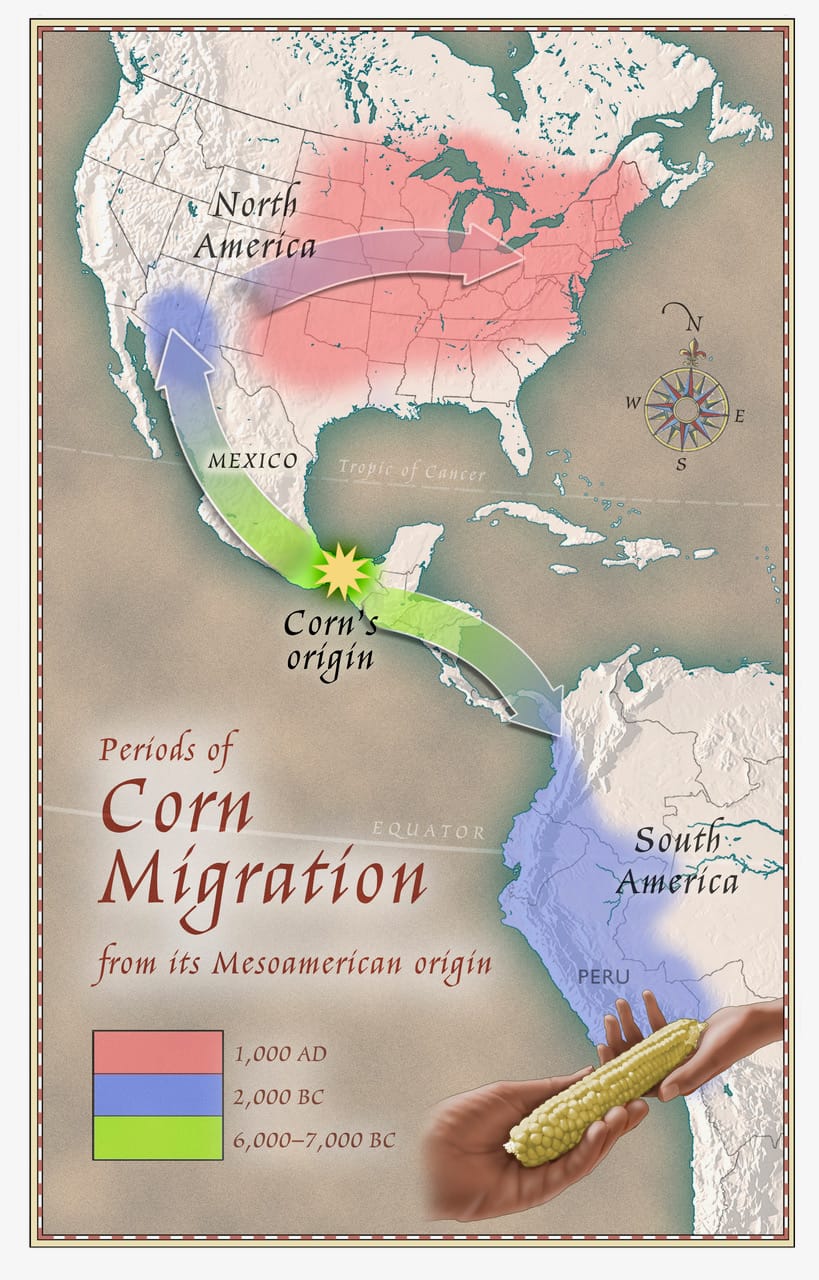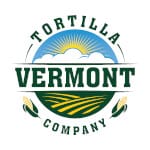Where does corn come from?
Ever wondered the origins of corn? As a producer of organic corn tortillas, we were curious

For thousands of years before it became popcorn, corn was a type of grass. It originated from a wild grass plant called teosinte, which still grows in Mexico today. Corn, also known as maize, evolved from this wild grass in southern Mexico about 7,000 years ago. Scientists discovered that teosinte and maize have very similar DNA despite their different appearances.
Corn’s journey from its origin in Mexico was a gradual process of change and cultural exchange. Beginning 7,000 years ago, corn spread north and south from Mexico, demonstrating its versatility and the ingenuity of ancient farmers. By 1000 AD, corn had become a vital crop across many regions, supporting the growth of various civilizations in the Americas.
Early farmers transformed teosinte into modern corn by selecting plants with larger kernels and more productive traits. Teosinte looked very different from today’s corn, with small kernels that were not clustered together like those on the husked ear of modern corn.
Native Americans carried corn up the Mississippi River. The earliest corn plants were very small, but through breeding by Native Americans, pilgrims, and scientists, corn evolved into the plant we see today. Modern corn wouldn’t exist without human cultivation and development. It is a human-made plant that does not exist naturally in the wild and requires human intervention for planting and protection.
New England settlers learned to grow corn from Native Americans. Corn’s ability to grow in different climates made it a valuable addition to the wheat, oats, barley, and rye brought from Europe. Farm animals like cows, pigs, sheep, and chickens ate corn, which helped settlers increase their protein intake through milk products, eggs, and meat.
Carbon dating of corn cobs found in archaeological sites in Vermont indicates that corn was grown there as early as 1110 AD. Vermont is now a leader in corn production in the United States, with about 26,000 acres of corn planted for various purposes in 2023. Vermont also produces more corn for silage than the rest of New England combined.
Corn has transformed Vermont, New England, the Americas, and the world. Developed by Native Americans over thousands of years, corn is now the world’s number one grain crop. It is grown on every continent except Antarctica and feeds billions of people.
Interesting fact: all corn grown up to the early-mid 19th century was cultivated using organic practices. Today, less than 1% of the world's corn is organic. As always, our Corn Tortillas are Certified Organic, Gluten Free, non-GMO, Vegan, and Kosher.
